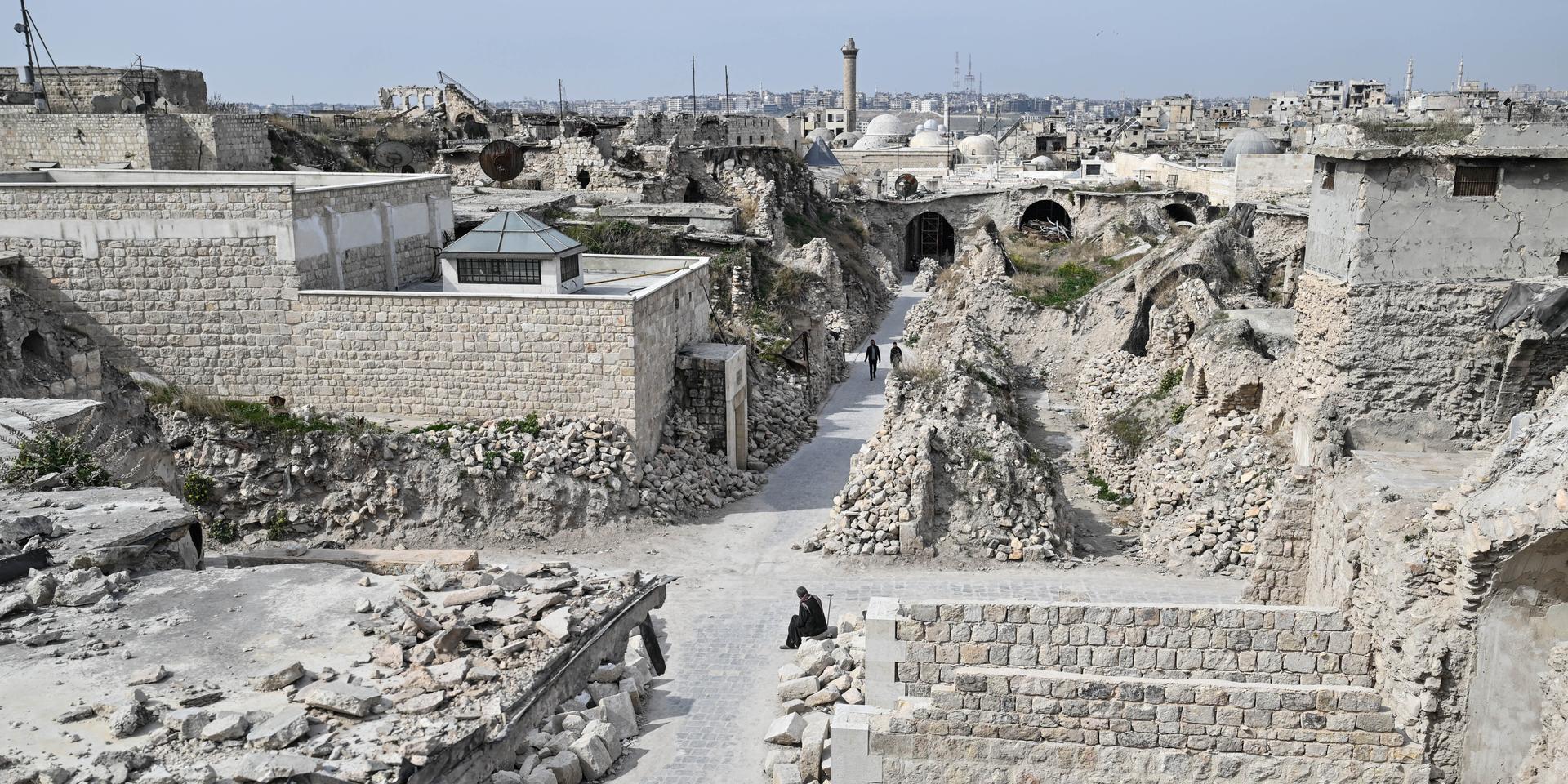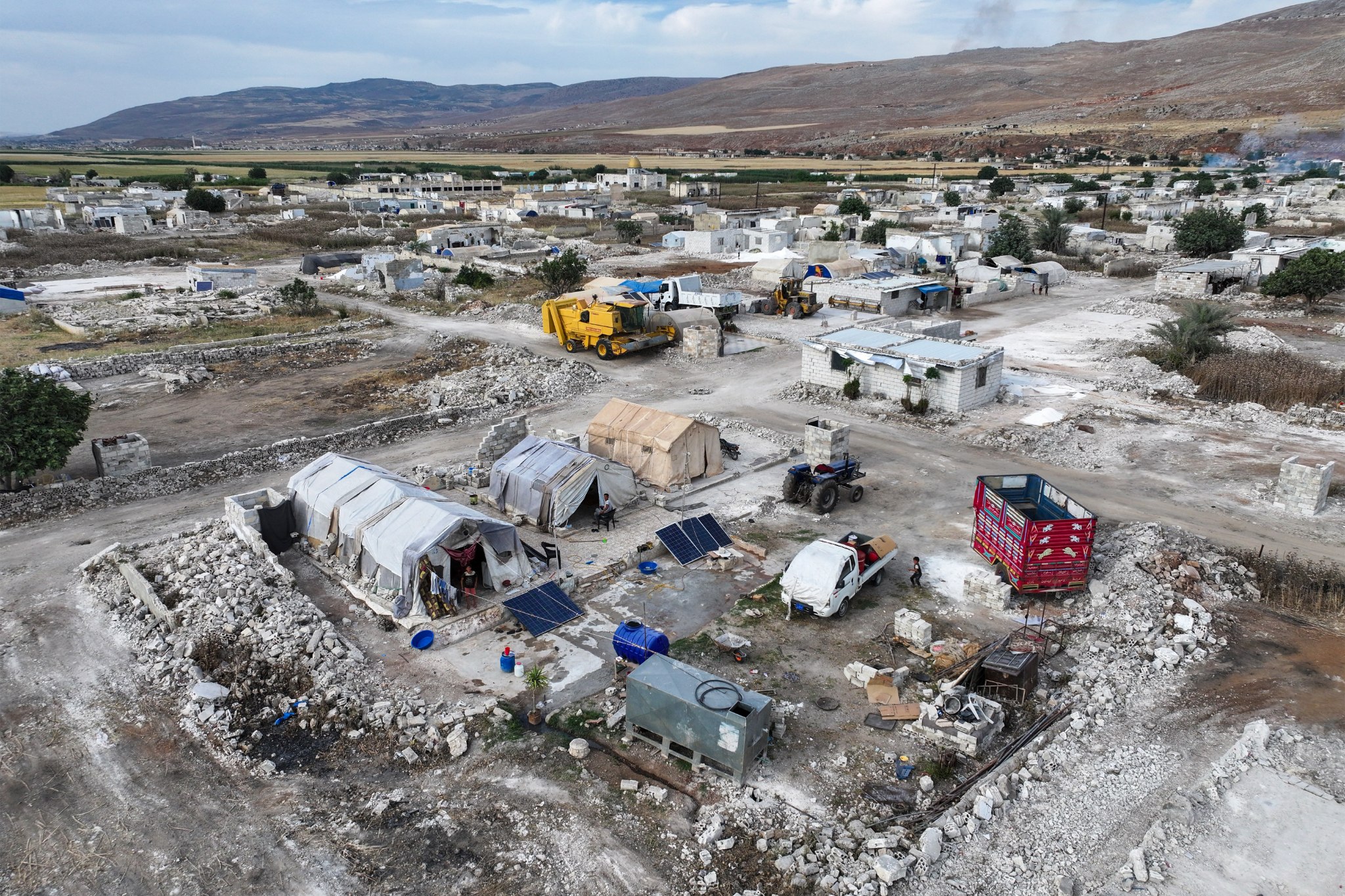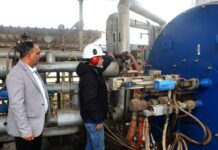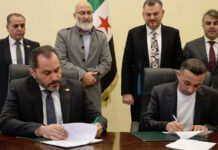
In the shadow of Aleppo’s Old City, once a vibrant crossroads of trade and culture, streets still sit buried under layers of broken stone and twisted metal. For families who have returned, daily life is a negotiation between resilience and hardship: electricity often lasts less than two hours a day, water supplies are scarce, and schools remain shuttered or in ruins. These are the realities that the newly established Syrian Development Fund says it aims to change.
The Fund, created by Presidential Decree No. 112 of 2025, presents itself as the backbone of a comprehensive national strategy to repair the country after more than a decade of war. With accumulated losses estimated at nearly $800 billion since 2011, officials describe the initiative as “a sovereign strategic mechanism designed to lead the process of national recovery”.
A Vision Unveiled at Damascus Citadel
The Syrian Development Fund formally launched on Thursday September 4 at the Damascus Citadel, in an event that belied both ambition and poignant symbolism. President Ahmad al-Sharaa framed the initiative as a break with the past, “The former regime destroyed our economy, plundered our resources, and scattered our people. Today, we gather to heal Syria’s wounds, rebuild with the support of our citizens, and ensure the return of displaced families to their homes. The Syrian Development Fund will operate with full transparency, disclosing all spending on strategic projects, and emphasizes that Syria’s progress honors the sacrifices of martyrs and the displaced.”
Director General of the Fund, Muhammad Abdulhamid Raslan echoed this call for renewal. “This fund is a comprehensive vision seeking to unify the efforts of the state, civil society, the private sector, and the people of Syria at home and abroad, and to ensure transparency in the management of resources, while creating concrete job opportunities, and service and economic projects,” he said.

Within its first hour, officials reported that the Fund raised roughly $60 million in donations, a figure meant to demonstrate both public interest and the initiative’s momentum. Contributions are expected to grow through individual donations, a “Permanent Donor Program” for monthly contributions, and international grants that comply with Syrian law.
A Roadmap for Recovery
The scale of the challenge underscores the urgency. Syria’s gross domestic product contracted by 85% between 2011 and 2023, while more than 75% of the population—some 16 million people—depend on humanitarian assistance. Over half of hospitals and schools remain damaged or destroyed, and water supplies have fallen by 40% compared to prewar levels.
The Fund’s mandate touches nearly every aspect of public life. Its four pillars prioritize stability, infrastructure, key sectors such as agriculture and telecommunications, and human capital. From restoring thousands of kilometers of roads and bridges to rehabilitating schools, hospitals, and emergency services, the blueprint resembles a national roadmap rather than a narrow financing scheme.
Beyond Bricks and Mortar
For many Syrians, reconstruction is inseparable from the question of return. The country faces the world’s largest displacement crisis, with millions uprooted abroad and inside Syria. The Fund acknowledges that absorbing returnees is as pressing as repairing infrastructure.
In its short-term goals, the institution plans to build and rehabilitate 50,000 housing units in priority areas to accommodate an expected one million returnees. Reception centers in every province are envisioned to guide families through reintegration. Over the next decade, officials project the repatriation of up to 7 million internally displaced people and as many as 6 million refugees from abroad.

For those still in camps, however, the path forward remains uncertain. Muhammad Darawshea, director of the Atma Department for Camps, told L24 that residents are desperate to return but face impossible conditions. “Regarding the camps in Atma the people want to return to their villages but everything is destroyed. There are no homes, and there are no schools for the children, and no clinics or pharmacies, there aren’t even water stations for providing water to the villages,” he said. “The people need help, not only for continued services in camps but to help rebuild their villages and homes. Whether that’s subsidized building costs for materials and labor or some state or outside help in reconstruction of homes and infrastructure.”
Health and education form another core focus. With half of all healthcare facilities damaged and up to 70% of medical workers gone, the system remains fragile. The Fund outlines a strategy to rebuild 200 health centers, construct 20 specialized hospitals, and train 5,000 new healthcare workers by 2035. Education plans include rehabilitating 3,000 schools, building 500 new ones, and training 20,000 teachers.
Transparency and Trust as Tests
International assistance has long been both necessary and contentious in Syria’s recovery. The Fund’s model attempts to reconcile these dynamics. Its governance is built around transparency and separation of oversight from execution. Annual public reports, independent audits, and whistleblower protections are mandated to ensure accountability.
Funding is envisioned through both domestic and international streams. Inside Syria, individuals may contribute through donations or monthly subscriptions. Abroad, the Fund aims to attract grants from international institutions, cooperation programs, and even state contributions, though always under the condition that they comply with Syrian law and preserve sovereignty.
Officials frame this approach as an attempt to rebuild trust at home and abroad. “The Fund follows an open and collaborative approach, aligning national priorities with international relief and development efforts, while safeguarding social cohesion and sovereignty.”
Rebuilding a Nation While Restoring Confidence
The ambition is vast, but so are the hurdles. The Fund must contend with sanctions, an economy in crisis, and the sheer scale of physical destruction. Nearly 14 million cubic meters of rubble cover cities and towns, while an estimated 3,000 kilometers of roads and 45 bridges await rehabilitation. At the same time, drought and food insecurity affect 15 million Syrians, while shortages of skilled workers persist.
For communities still living amid ruins, the launch of the Syrian Development Fund is at once a promise and a test. It promises a coordinated, long-term vision for rebuilding a nation battered by war while testing whether new institutions can deliver on transparency, balance sovereignty with cooperation, and prioritize people as much as infrastructure.
As the Fund begins its work, many questions remain, however the answers will unfold, not only in policy papers and official decrees, but in the everyday experiences of families trying to rebuild their lives in a country still marked by loss.








